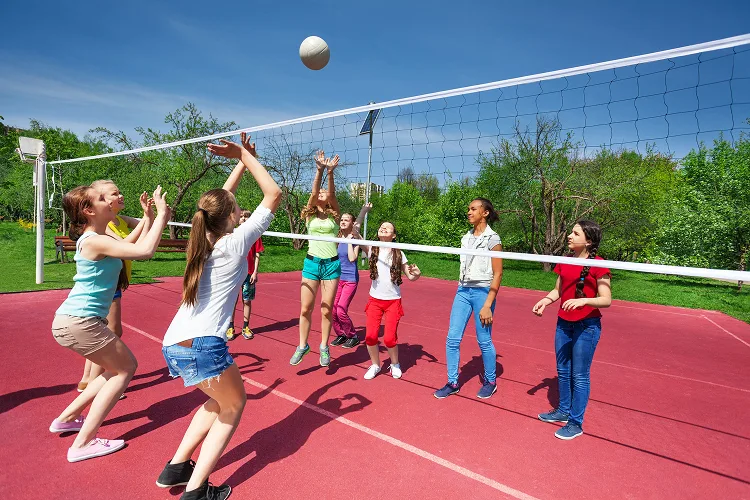
Puberty is a time full of exciting changes.
It’s when physical and emotional changes happen to you as you grow and mature.
Though it’s an exciting time, you may be wondering when puberty ends.
1. When does puberty end for girls?
2. When will I know when I’ve started puberty?
3. What physical changes happen during puberty?
01 When does puberty end for girls?
Loading: Loading
Loading
02 When will I know when I’ve started puberty?
Loading: Loading
Loading
03 What physical changes happen during puberty?
Loading: Loading
Loading
Loading: Loading
Loading
